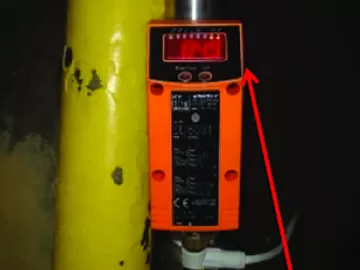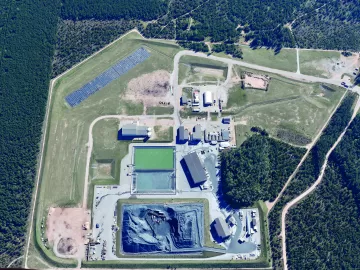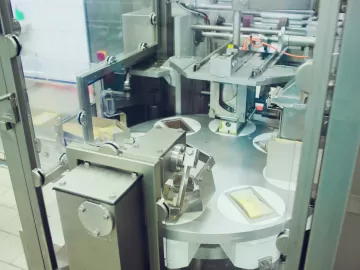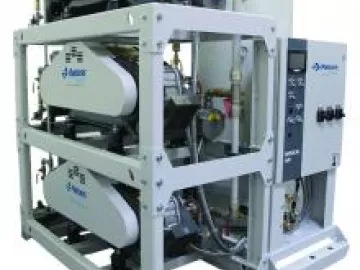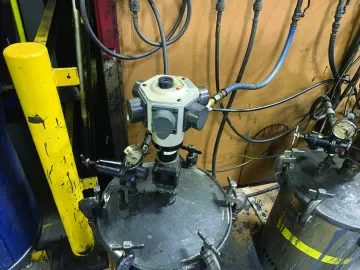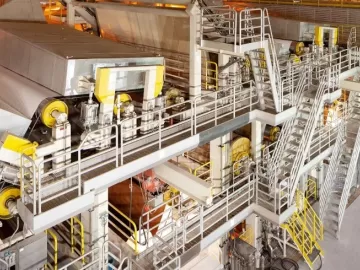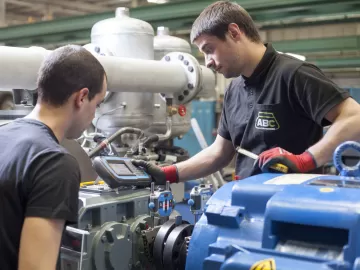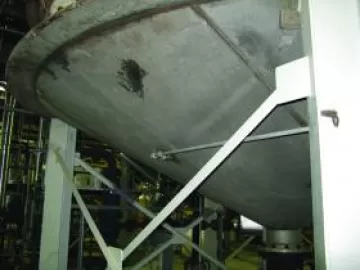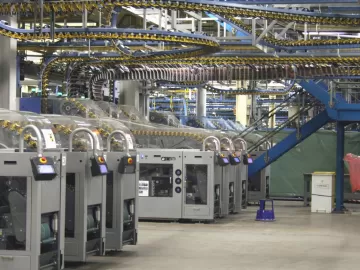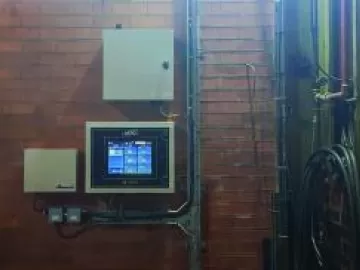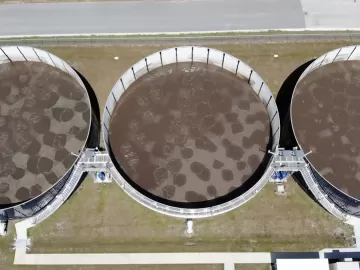University of Manitoba Bannatyne Medical Campus Saves 15% Annually in Energy Costs
The University of Manitoba Bannatyne Campus, Canada, upgraded its compressed air system to include variable speed drive (VSD) air compressors and the use of internal heat-of-compression (HOC) drying, replacing oil-free air compressors and refrigerated dryers that reached the end of useful life. In doing so, the campus reduced annual energy consumption by 15%, improved the quality of the compressed air to modern day instrument air standards and gained additional compressed-air capacity. The local utility also awarded the medical campus an incentive of \$13,500, offsetting the cost of the initiative.

